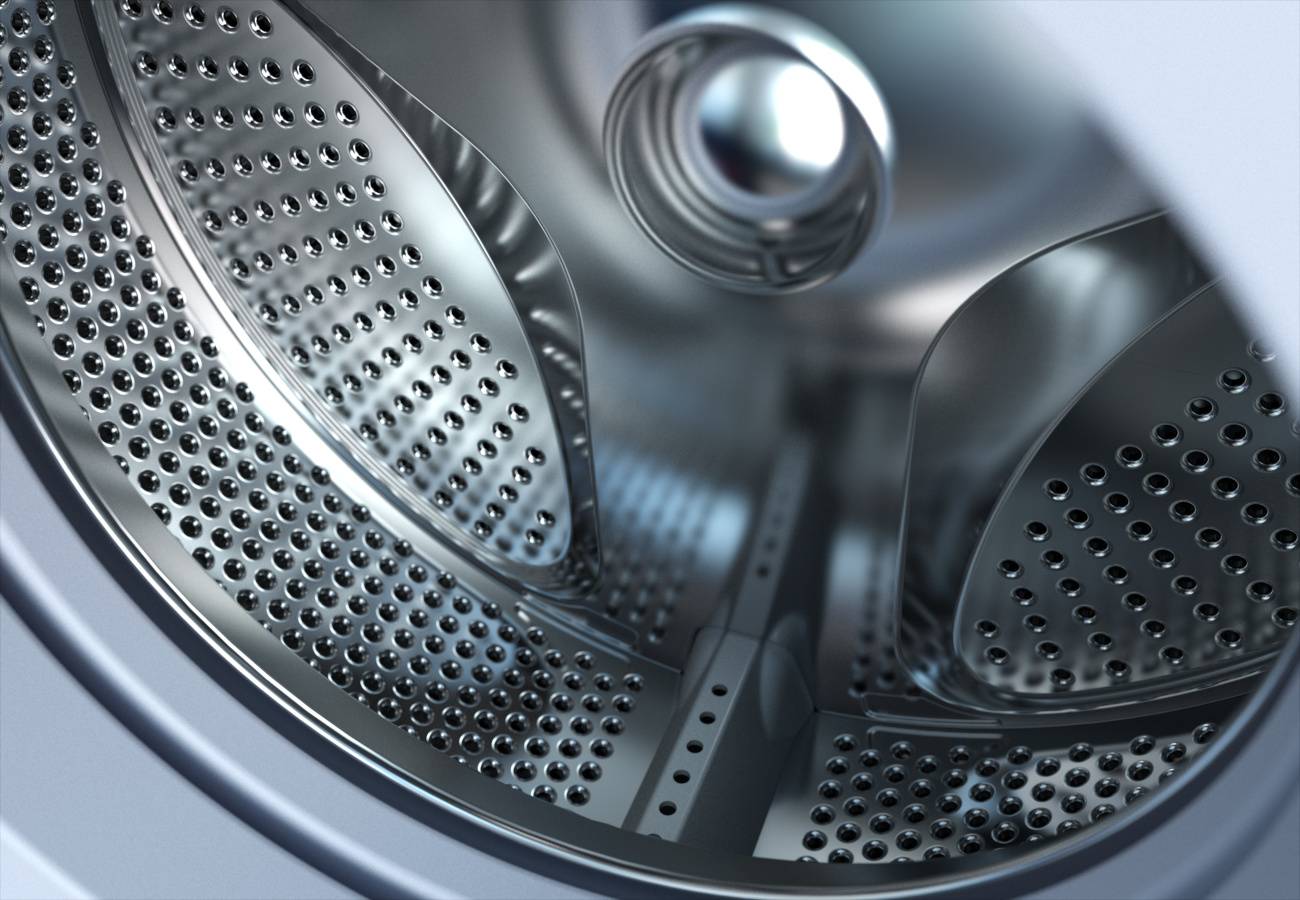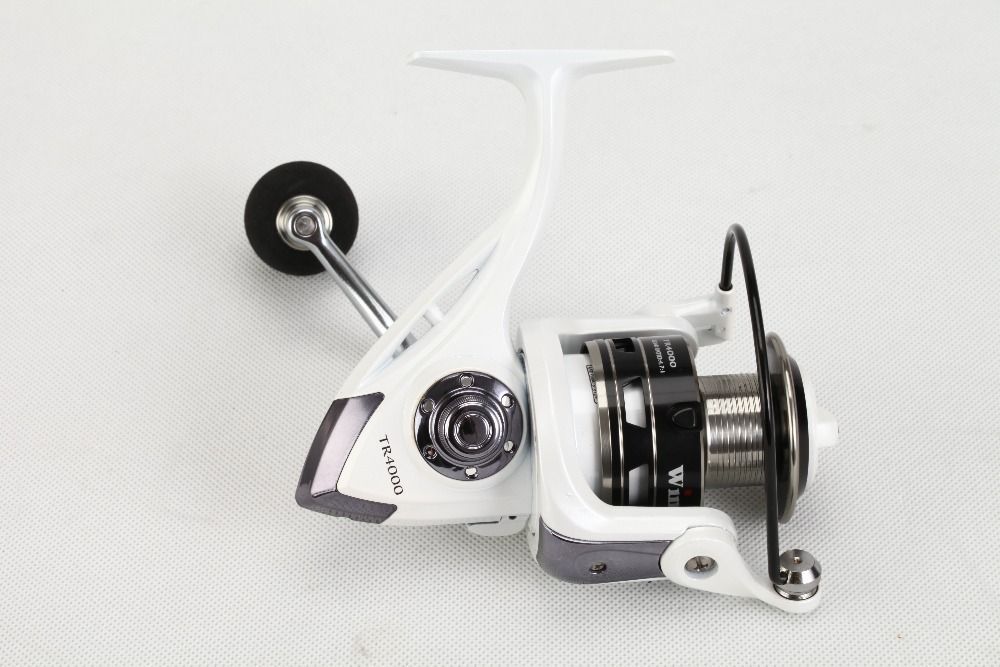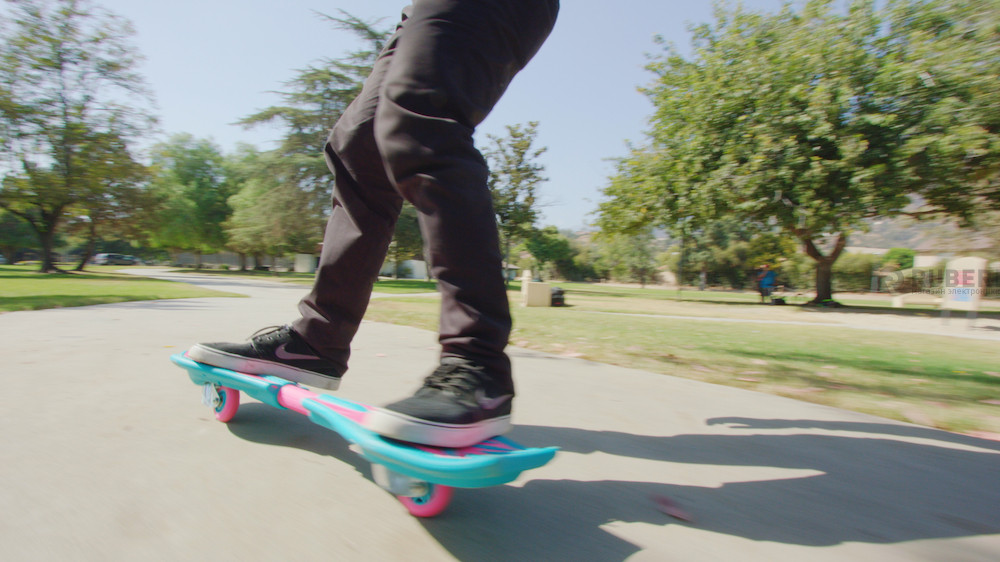The best trekking and hiking boots in 2022
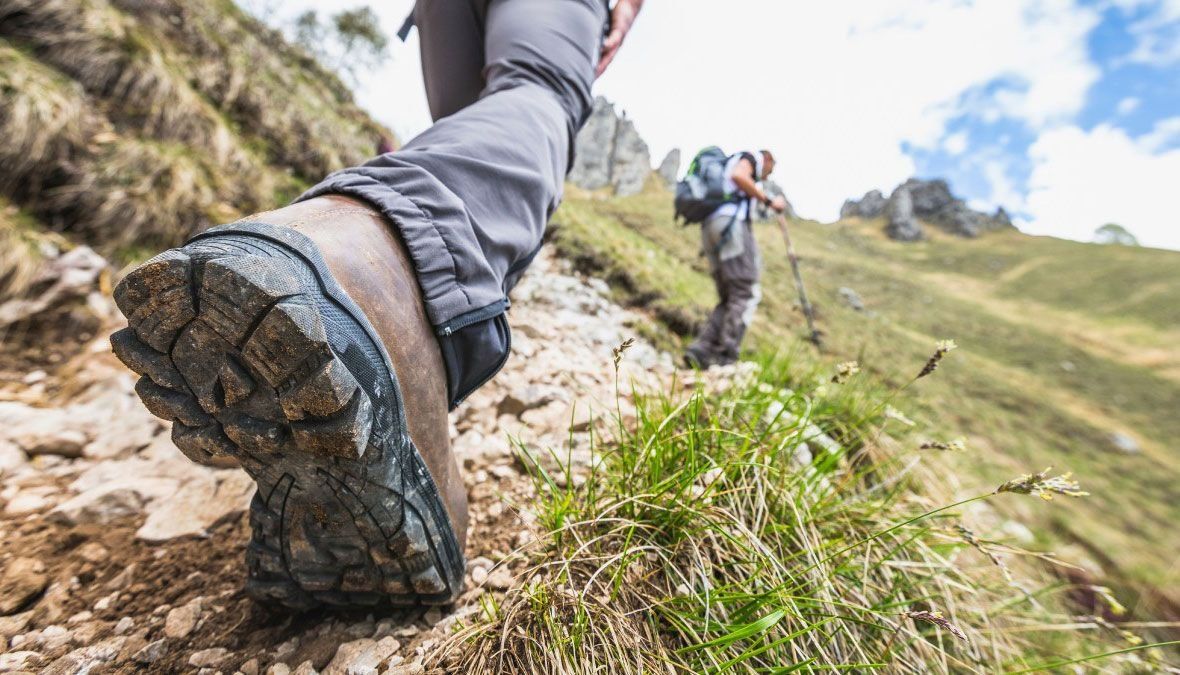
Many people like outdoor activities, so hiking or trekking is becoming popular. Special shoes have been designed for him. However, now trekking boots are so popular that they are also bought for everyday wear.
This is explained by the fact that thanks to a special sole, an orthopedic shoe and a water-repellent membrane, these shoes are incredibly comfortable. Durable materials protect it from damage and wear. To make a hiking trip, whether it is a hiking trip along mountain paths or a country walk, become enjoyable, you need to seriously approach the purchase of shoes.
We offer you to figure out how to find the best trekking boots and avoid mistakes when choosing.
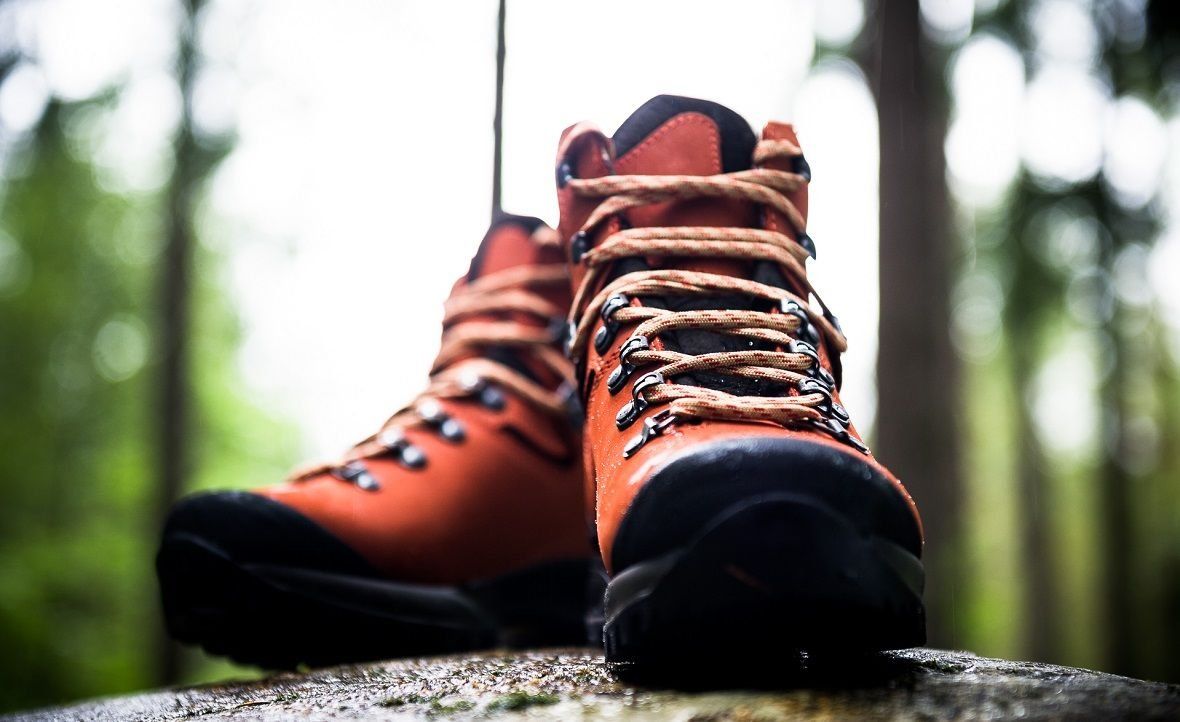
Content
The main characteristics of trekking shoes
Before buying, it is important to clearly understand what trekking boots are and what requirements they must meet.
Hiking shoes are designed to be durable and comfortable. This is due to the materials from which it is made. The best of them is considered to be the skin. Leather boots are easily ventilated, remaining dry to avoid diaper rash, calluses, fungus formation.
When making trekking shoes, there is a rule: the fewer seams, the better. Their minimum number plays a double role:
- protects from moisture;
- increases durability.
A heel lock is a must. It provides protection for the foot from slipping inside the boot.
Manufacturers use different lasts in the manufacture of shoes: for narrow, wide feet, standard ones, even for feet with a bone (a protrusion of the thumb, due to which the leg is deformed, not fitting into a standard shoe).
The sole bears the main load when moving, therefore it must be resistant to mechanical stress, temperature extremes. Manufactured from highly durable materials for high torsional rigidity. Usually it is volcanic rubber with the addition of small metal chips, textile or glass chips.
Vibram rubber is one of the most popular soles for hiking boots. Rigid, durable, with a large deep tread pattern for good grip on any type of ground.
The welt located along the perimeter of the sole will save you from side impacts, give better stability due to an increase in the area of \u200b\u200bcontact with the ground.Made of rubberized materials, it helps to attach various types of crampons for climbing, running in the mountains. This is especially important in climbing models.
The midsole is responsible for cushioning during long, difficult hikes. Therefore, it is made of elastic materials: high-tech plastic instep, shock absorber made of polyurethane foam.
The perforated anatomical insole comes with the boots. Made from moisture-wicking synthetic material with antibacterial impregnation to eliminate unpleasant odors.
The upper of the boot is sewn from water-repellent materials, more often it is nubuck with a double seam of nylon thread. A soft roller is sewn on top along the perimeter, which prevents rubbing of the legs and the ingress of water, snow, dirt, pebbles, and insects.
The inner lining is made of a patented Gore-Tex membrane with insulation, able to vent excess steam from the inside, while at the same time preventing moisture from entering from the outside. Thanks to the membrane containing air channels, the ventilation system of the shoe works during movement, maintaining optimal thermal balance.
Padded, water-repellent tongue. It is sewn on from three sides, being a continuation of the boot.
Laces and accessories play an important role in movement, as they provide a secure fit for the leg and make lacing convenient. The special weave, the oval section, the addition of heavy-duty materials such as Kevlar fiber guarantee the durability of the laces. Eyelets and hooks made of metal with anti-corrosion coating make lacing tight.
The design of the trekking boot is designed to protect the foot from injury, moisture, frostbite, and heat.
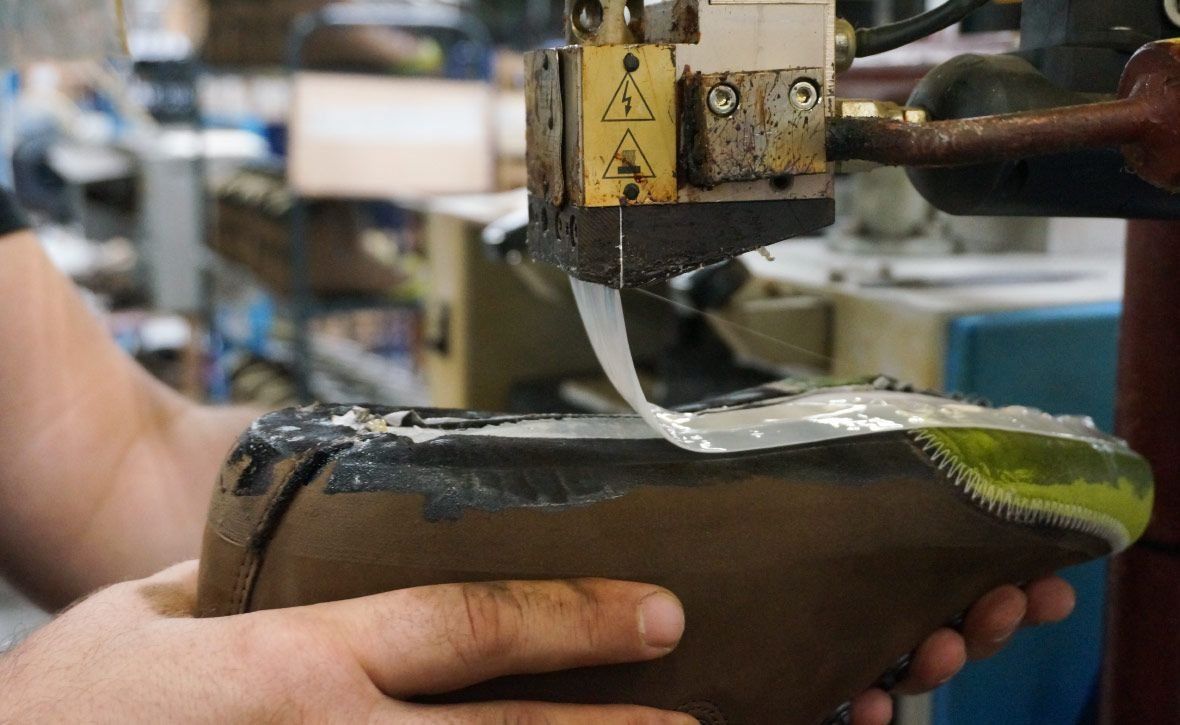
Criteria for choosing boots for trekking
The choice of shoes for tourism is a responsible matter.The degree of comfort during the journey, human health depends on it: boots protect the legs from blows, dislocations, sprains, rubbing of calluses.
Therefore, when choosing, you should pay attention to several points.
Tracking type
Difficulty is classified as:
- hiking (walks outside the city in favorable weather);
- light trekking (short trips without load);
- medium (long journeys with load);
- heavy (multi-day hikes in hard-to-reach places, usually in the mountains);
- mountaineering (mountain climbing with elements of rock climbing in extreme weather conditions).
The general rule for this criterion is that the more difficult the route is supposed to be, the higher the boots should be, made of more rigid materials. This will improve traction with the surface, reduce the load, securely fix the ankle, minimizing the risk of injury.
There are trekking shoes, tourist, mountain, climbing boots.
Trekking shoes suitable for hiking when the route runs along ready-made trails. The main differences are lightness (on average, one pair weighs 500 g) and low price. Suitable for lovers of walking on a flat landscape and sports style in clothes. It is not recommended to wear hiking in the mountains and rough terrain due to poor ankle support, because the sneakers are short and the sole is not too hard.
For such trips, hiking boots made of leather are suitable. They are high, fit snugly to the leg, keeping from hanging out. Outsoles with a special large relief do not allow slipping on any type of ground, including mud, stones, wet grass.
Boots are much more powerful than sneakers (the weight of a pair reaches one kilogram), which is a condition for safety when driving over rough terrain.At the same time, with a flexible sole to feel the relief under your feet more freely and not to get too tired on long hikes.
mountain boots designed for climbing and heavy trekking, combining mixed terrain, scree descents, steep ascents, glacier crossings. Equipped with rubberized welts, convenient for cat attachments. They have a hard sole with aggressive grip, a water-repellent impregnation or membrane, more often Gore-Tex, a plastic heel shock absorber and an intermediate sole.
The pair weighs within one and a half kilograms, which contributes to the damping of shock loads. They are mainly made of waterproof nubuck combined with textile inserts.
Climbing boots - the most difficult trekking shoes:
- with additional insulation;
- with lugs for movement in conditions of low temperatures, on ice;
- with a membrane for vapor permeability and drainage.
These are multilayer structures. Removable neoprene liner on the inside with laces, durable plastic on the outside. Between them is a layer of warm air. Many models are equipped with protective leggings. It is important for a climber not to overcool their feet.
Despite the impressive weight (one pair pulls from one and a half to three kilograms), there is no feeling of heaviness in the legs. The lining is sewn from three to four layers of heat-insulating materials. Unlike other types of hiking shoes, mountaineering shoes have a carbon inner sole.
Plastic boots are a budget option: inexpensive, but warm and durable. Their disadvantages are the lack of a ventilation system and a too rigid block, which makes the legs sweat and get tired faster. Due to the soft top, these shortcomings are somewhat smoothed out.
In general, climbing shoes are very heavy, rigid, overly durable and expensive, and are unlikely to be useful for travel other than high-altitude ascents and industrial mountaineering.
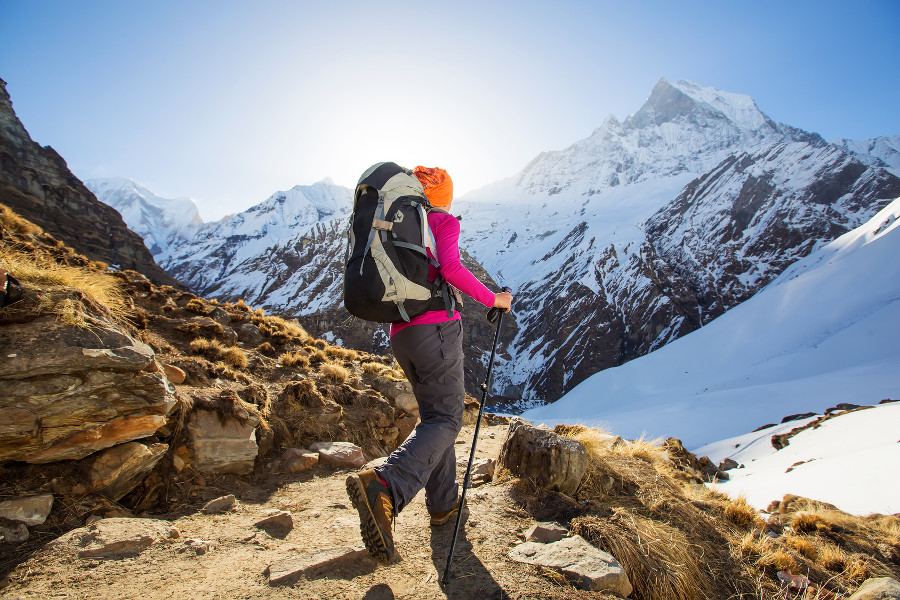
Season
It is important to consider for what season and climate zone trekking boots are purchased. They are summer, winter and demi-season.
Summer boots are more like sneakers in height and construction. They are light, on a powerful but soft sole, made of textile with a reinforced rubberized toe. A very good ventilation system due to the use of membrane technology allows the feet to breathe even on the hottest days. Membrane fabrics allow moisture to pass through only in one direction - from the inside. Therefore, summer boots are very comfortable.
There are special requirements for winter models. In addition to excellent grip, secure foothold and water-repellent materials, it is important to maintain a comfortable temperature for the feet even in severe frosts. For this, technologically advanced synthetic materials with the effect of a thermos are used. Therefore, winter boots are massive, with thick leather. It is important that in winter shoes there is a small gap between the toes and the toe, about a centimeter, excluding hypothermia. Winter trekking involves moving on slippery ice, which means that you need welts to install "cats".
Demi-season tourist shoes are designed and developed for use in the off-season: in conditions of high humidity, wet snow, mud, as well as changes in night and day temperatures. Therefore, the outsole uses durable Vibram rubber with excellent grip on how much wet ground.
This model range provides for the fixation of the lower leg due to the increased height of the boot.The rubberized welt around the perimeter keeps moisture out, as does the Gore-Tex membrane fabric.
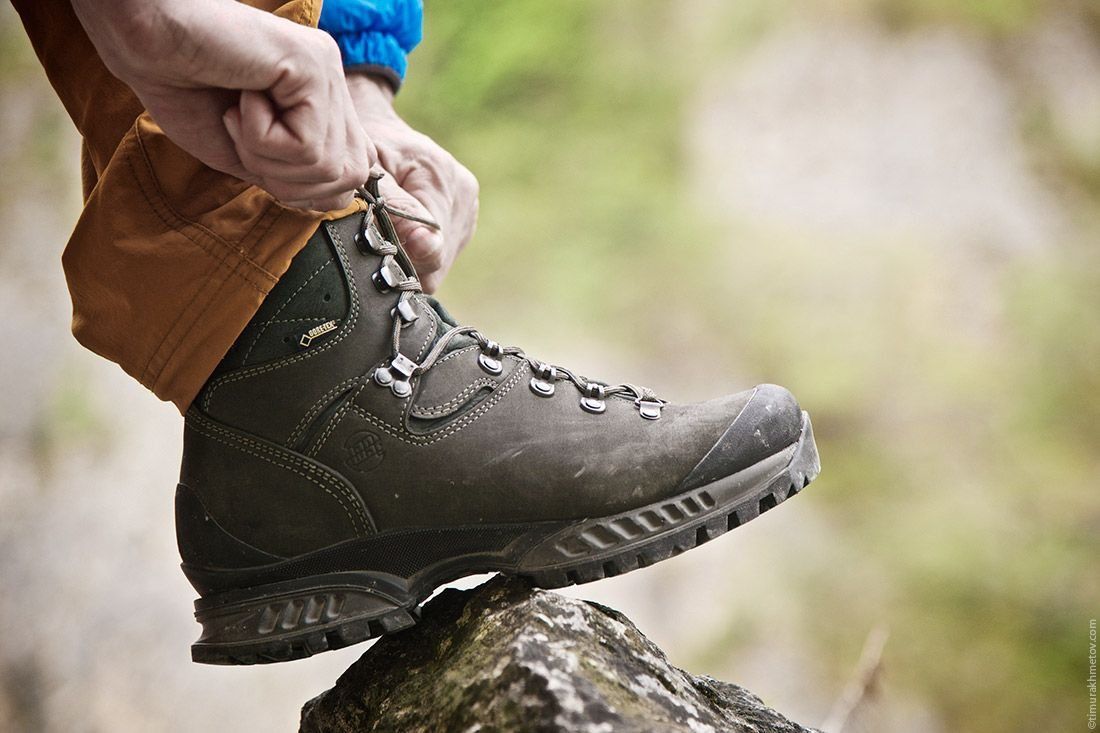
Floor
Depending on the gender, the following types of shoes are distinguished:
- unisex;
- women's;
- men's.
Unisex models are presented mainly for hiking, light and medium trekking. These models are offered in neutral colors: brown, beige, gray, blue. The size range is also varied.
Women's models can be found among trekking sneakers and boots for light trekking. The developers focus on the anatomical features of the female leg. Therefore, women's boots look more elegant, with a narrower top and a high rise. The color range of women's shoes is diverse: pastel, delicate, bright colors, as well as combinations of several shades.
Male models are the most common. These are brutal, massive shoes. Among mountain and climbing boots, only models for men are presented, since these are far from women's sports.
And in terms of weight, these are the heaviest of the trekking boots, a lady simply cannot afford to carry three-kilogram shoes. The main colors of men's shoes are dark blue, brown, black.

Recommendations for choosing trekking boots
We offer several recommendations for choosing trekking shoes.
- Preference should not be given to a fashionable brand or model, but to one's own feelings;
- It is better to try on in the evening, when the state of the feet in size and shape is close to the marching one;
- Trying on shoes is useful for thin and thick socks in order to feel how comfortable it will be at different air temperatures;
- Try on at least three pairs to choose the right one;
- Pay attention to comfortable laces, quality of accessories;
- To avoid swelling, calluses during long hikes, there should be a distance of up to 1 cm in lace-up boots between the toes and the toe of the shoe;
- Pay attention to a snug fit in the instep area;
- When trying on, reproduce hiking situations: descending, climbing stairs, walking, running;
- Insert orthopedic insoles that contribute to the correct position of the foot in terms of the anatomical structure;
- Objectively assess the level of your physical fitness: the stronger the muscles, ligaments on the legs, the easier the model to choose;
- If trying on two different sizes leaves you in doubt, choose the larger one;
- Break in at least a few days, only then go hiking.
If you follow these tips, you can avoid mistakes and choose the best shoes.
Overview of the best manufacturers of trekking boots
When buying an important point is the choice of brand. Consider which company's boots are better by making a conditional rating. However, there is no single correct answer to this question, since today many manufacturers in the world offer high-quality trekking shoes.
Asolo trekking boots
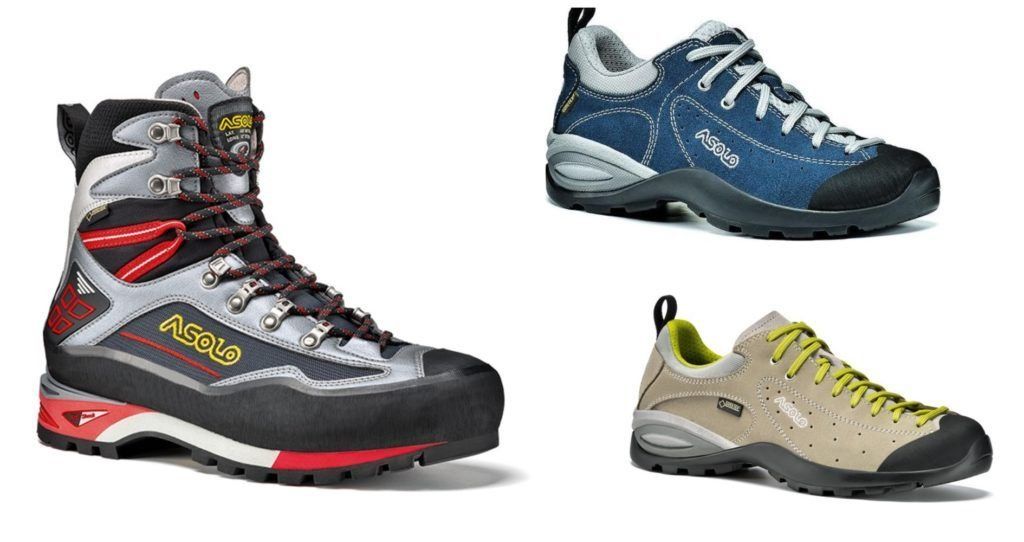
A well-known Italian brand with a rich history: since 1946 the company has been producing shoes, since 1975 it has specialized in footwear for trekking and tourism. Asolo uses the latest achievements of scientific technologies and is constantly improving. It uses the Vibram sole and its own development - Asoflex, which has good cushioning and a tread pattern against clogging by wet earth and clay.
The popularity of the models is due to the fact that all shoes are sewn by hand from natural waterproof leather and suede with textile inserts.It has a comfortable fit and stylish design. Trekking boots of this company are relatively light in weight (within one and a half kilograms).
Asolo presents several trekking series:
- walking;
- hiking;
- mountain;
- winter;
- climbing (for professionals).
According to buyers, the average price of shoes of this brand corresponds to the quality.
- ergonomic block;
- wetsuit effect (water that gets inside the boot is not cooled);
- the midsole distributes the load over the entire area;
- heavy-duty patented asoflex outsole;
- quick lacing system;
- durable leather with a water-repellent coating.
- the sole is not flexible enough (not suitable for running).
Trekking boots La Sportiva
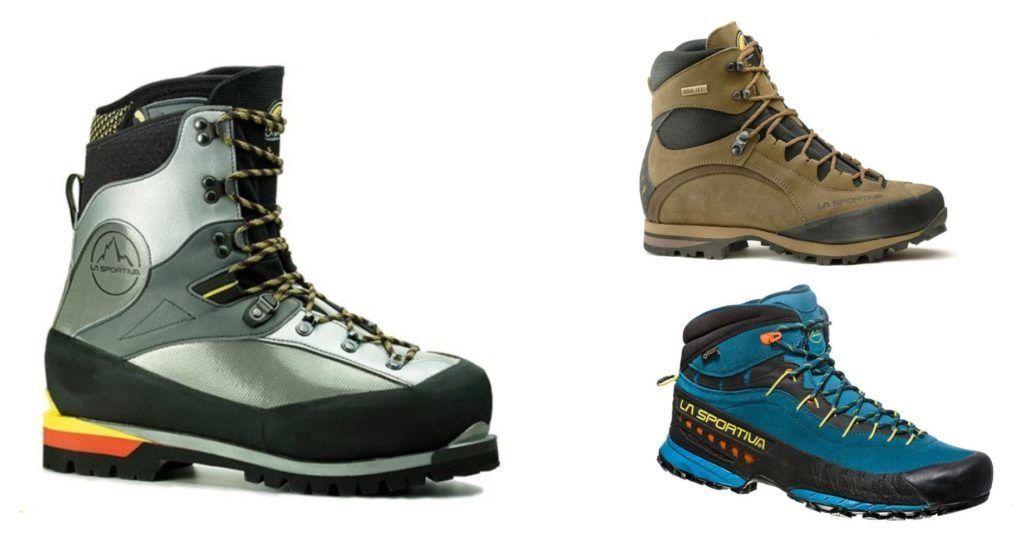
The Italian company La Spotriva celebrated its 100th anniversary in 2028. This is a world famous brand for the manufacture of high-quality hiking shoes, including the most popular climbing shoes for athletes of any skill today.
Mountain, all-weather, classic, hiking, models for winter mountaineering are presented. Parts are assembled by hand, which has a positive effect on the quality of products.
During its existence, the company has acquired the status of an unsurpassed manufacturer of durable and lightweight shoes for mountain and rock climbing. Ergonomic last, anatomical insole and high-tech materials provide maximum comfort.
For the price, La Sportiva is a pleasant surprise, especially during seasonal sales. This is confirmed by numerous customer reviews.
- durability;
- a large selection of mountain and climbing models;
- durable fittings;
- reliable ventilation system;
- comfort.
- insufficiently strong textile inserts.
Salomon Trekking Boots
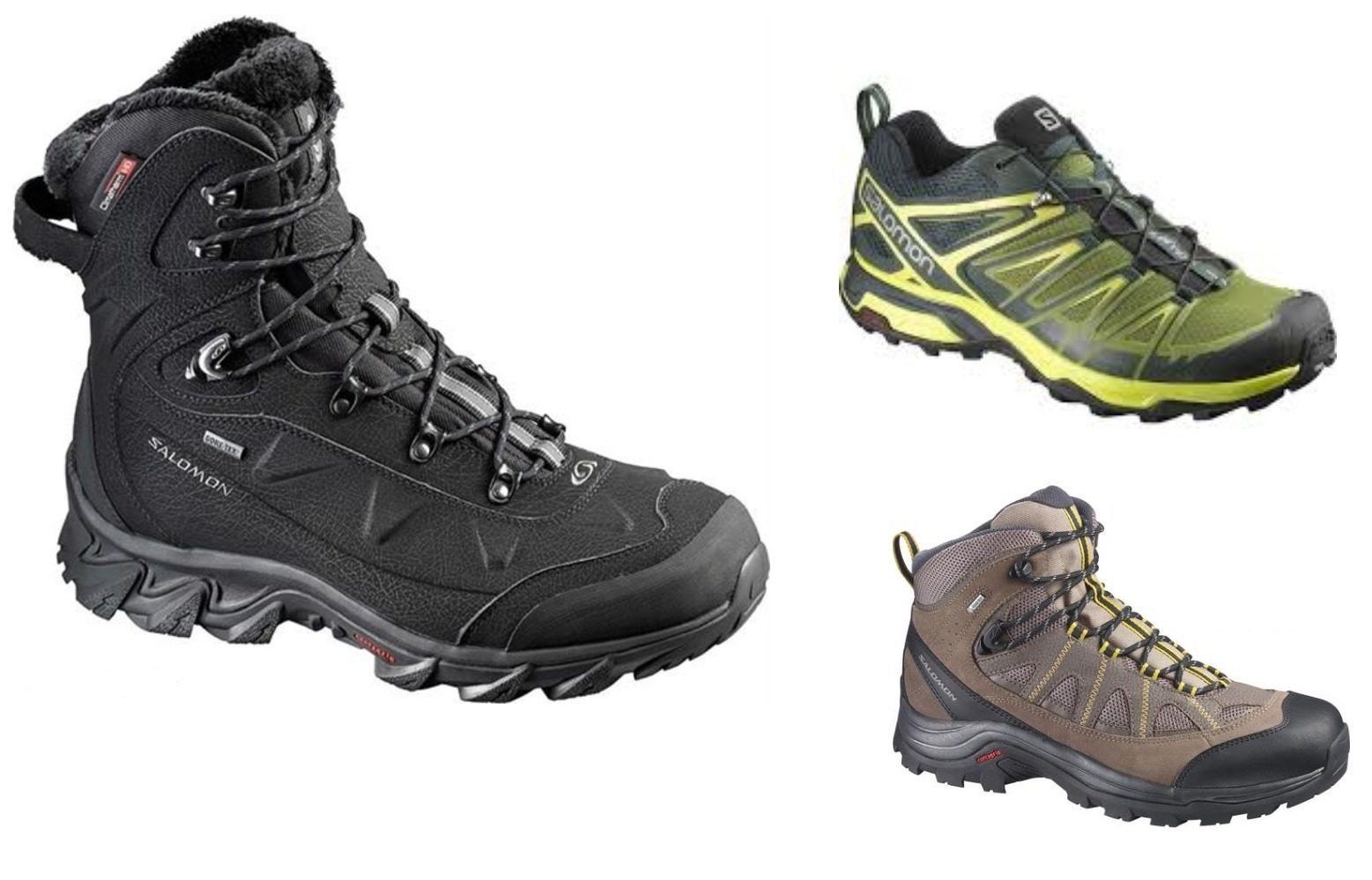
Since the mid-20th century, the French company Salomon has specialized in the production of ski bindings and shoes for all types of trekking, from lightweight models to powerful pairs.
Uses high-quality natural and synthetic materials, Gore-Tex membrane, removable antibacterial orthopedic insoles.
Most models are made of nubuck combined with plastic and textiles. Manual assembly of parts ensures high quality seams and accuracy.
- compliance with the standards;
- the presence of reflective details;
- a large selection of winter models;
- quick lacing system.
- fragile fittings;
- high prices.
Meindl trekking boots
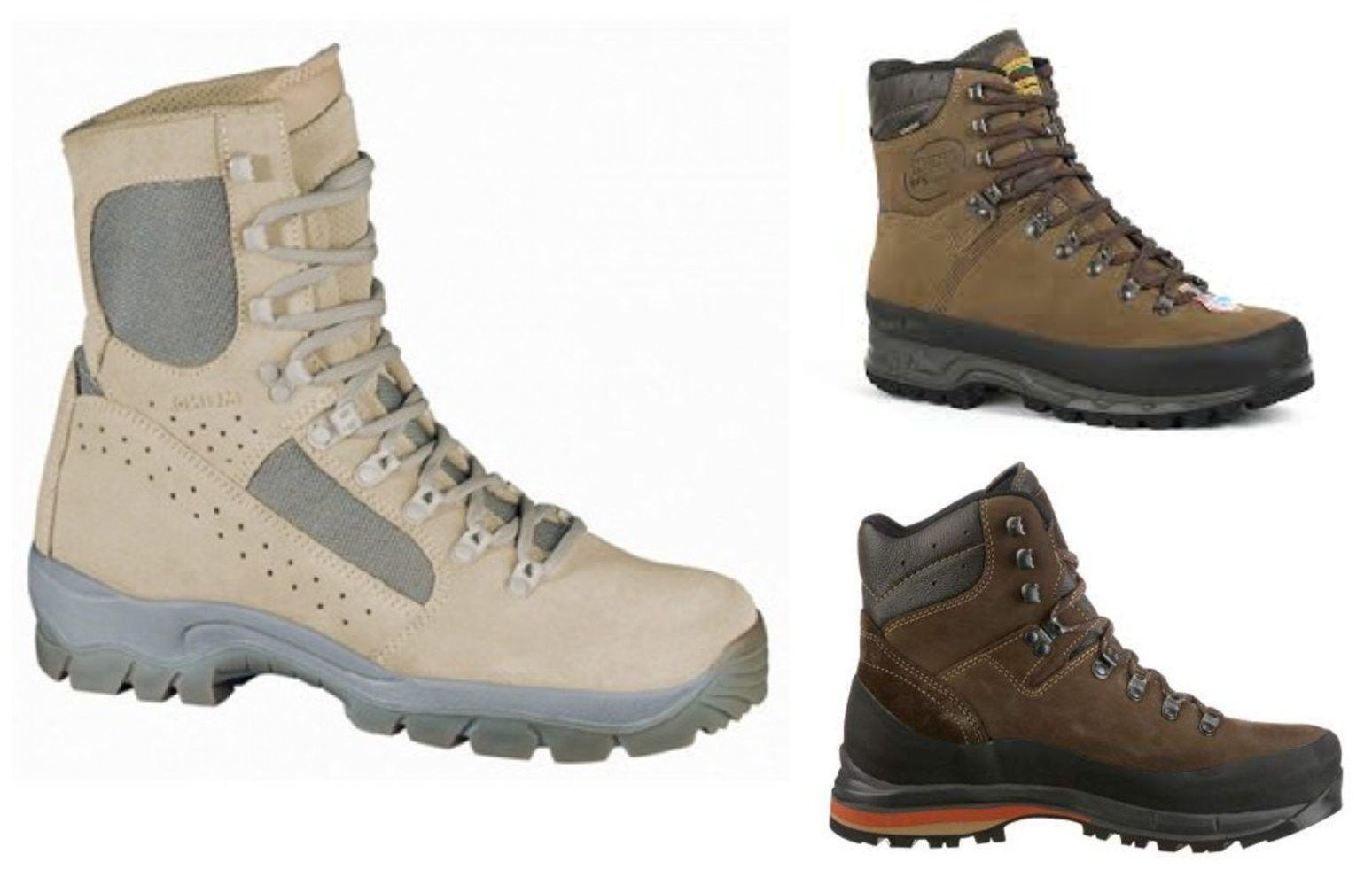
German brand that produces shoes by category:
- stroll;
- classical tourism;
- mountain tourism;
- extreme tourism.
The company's sales are one million pairs per year. An indisputable factor in high quality is the hand assembly of each pair of more than one hundred components.
Meindl uses moisture-resistant durable leather, so the boots do not wear out for a long time and do not lose their shape.
- a light weight;
- plastic sole that does not strain the foot;
- wearing comfort due to the extended last and foam inserts in the shaft;
- reinforcement of the back for heavy loads and overweight people;
- durability and strength.
- high price
Lowa Trekking Boots
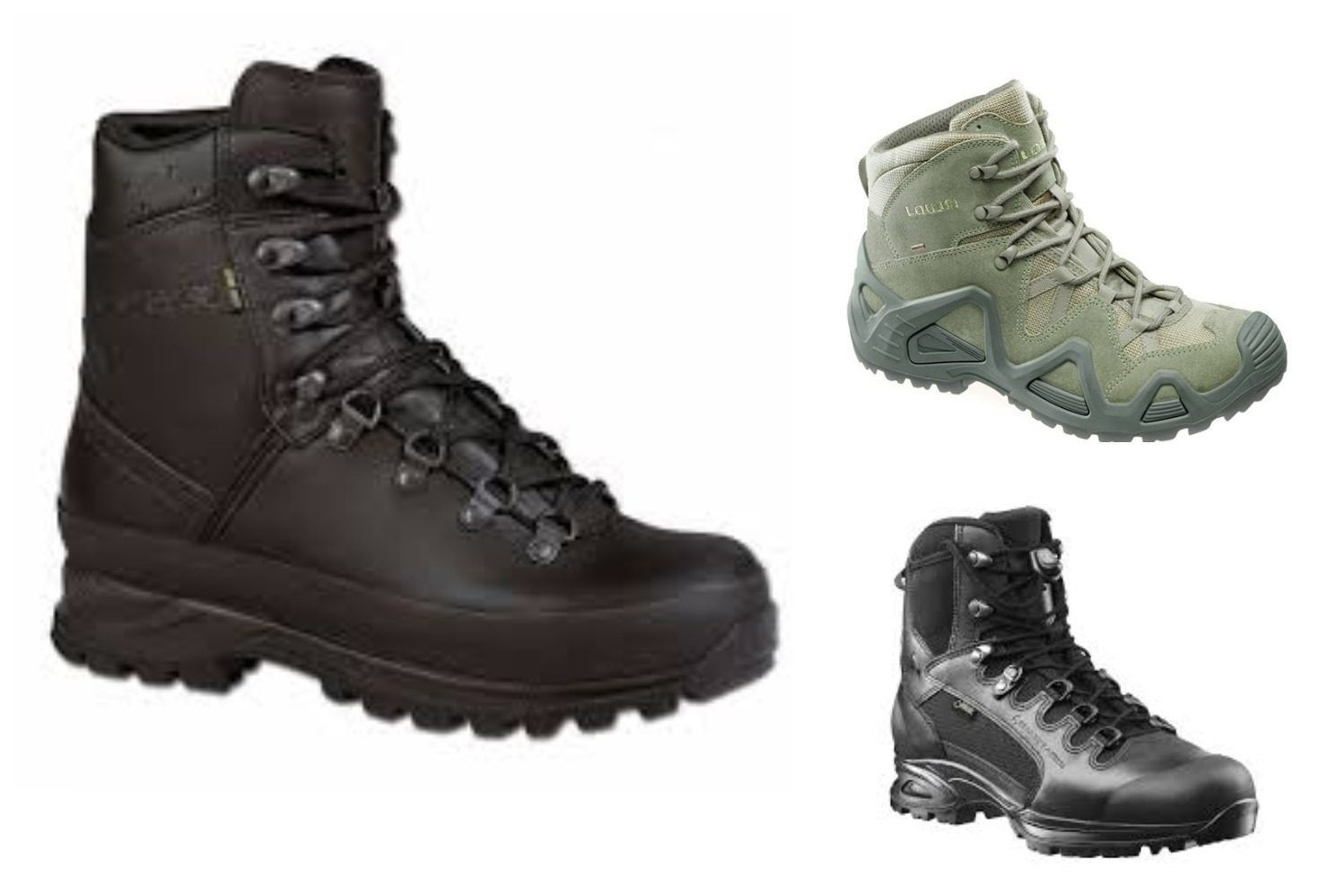
The German brand Lowa is known all over the world for its high quality. Since 1923, this company has specialized in the manufacture of trekking, mountaineering and military boots.
The popular Gore-Tex membrane fabric is used to improve ventilation and water resistance. Comfortable pads and an orthopedic insole provide comfort to the feet.
Lowa has developed the world's first Cristal vulcanized rubber outsole that prevents slipping on ice.
- durability and wear resistance;
- patented Cristal sole against slipping on an ice surface;
- a light weight;
- comfort and thermal balance in any weather;
- additional protection against lateral damage with a foam rubber welt;
- quick lacing system.
- high price.
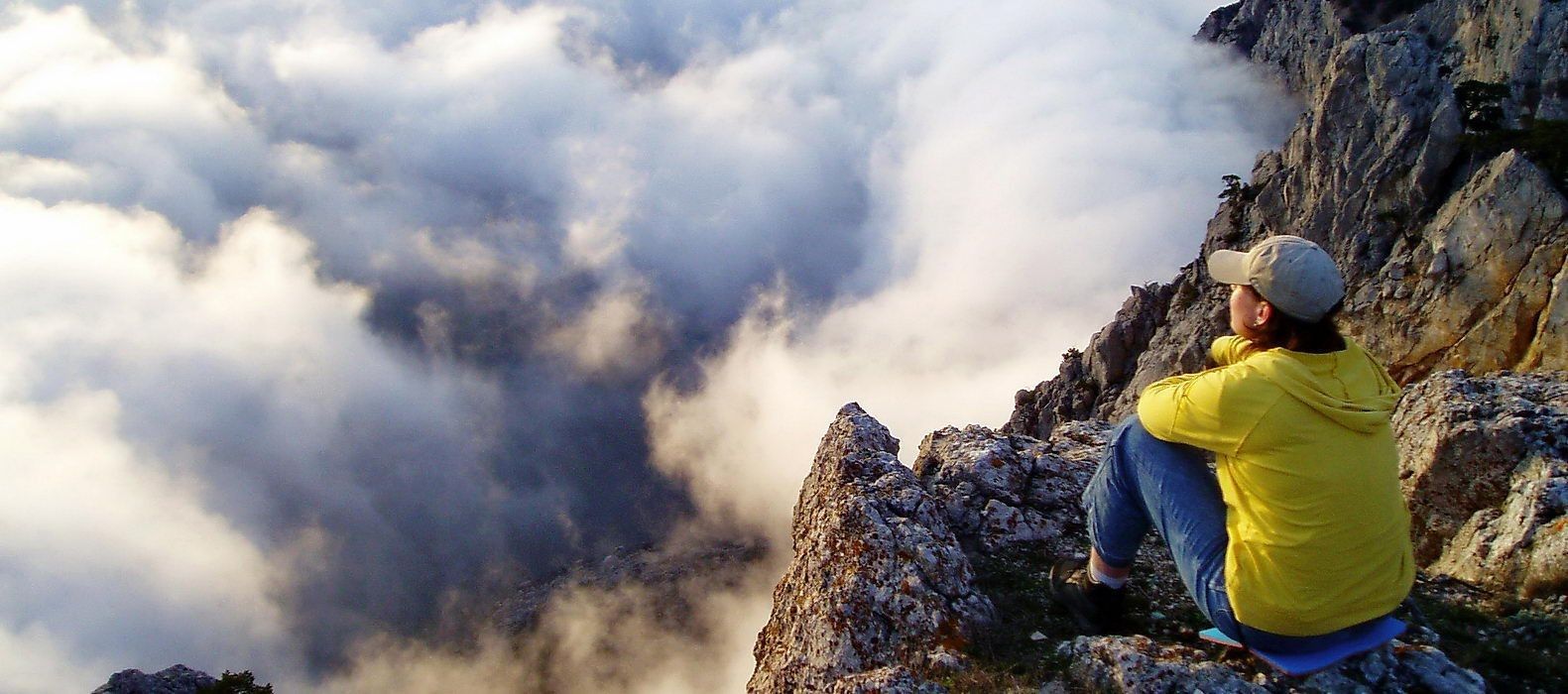
In any journey, the right shoes are of paramount importance. It provides comfort of movement and reduces the risk of injury. We hope that the above review of trekking boots and recommendations will help you make the right choice.
new entries
Categories
Useful
Popular Articles
-

Top ranking of the best and cheapest scooters up to 50cc in 2022
Views: 131650 -

Rating of the best soundproofing materials for an apartment in 2022
Views: 127690 -

Rating of cheap analogues of expensive medicines for flu and colds for 2022
Views: 124518 -

The best men's sneakers in 2022
Views: 124032 -

The Best Complex Vitamins in 2022
Views: 121939 -

Top ranking of the best smartwatches 2022 - price-quality ratio
Views: 114979 -

The best paint for gray hair - top rating 2022
Views: 113394 -

Ranking of the best wood paints for interior work in 2022
Views: 110318 -

Rating of the best spinning reels in 2022
Views: 105328 -

Ranking of the best sex dolls for men for 2022
Views: 104365 -

Ranking of the best action cameras from China in 2022
Views: 102215 -

The most effective calcium preparations for adults and children in 2022
Views: 102011
